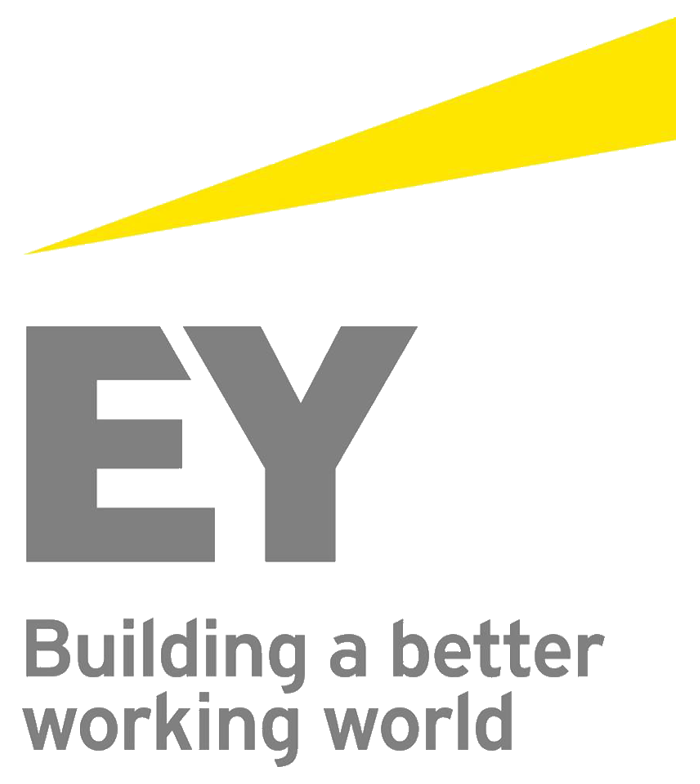Accounting
Public Companies Making Changes to Disclosures
CFOs and CIOs of public companies report that 71% of their organizations have made changes to their revenue recognition disclosures since first reporting under the new standard, compared with 29% who have not, according to the just-released EY Revenue ...
Feb. 06, 2019

CFOs and CIOs of public companies report that 71% of their organizations have made changes to their revenue recognition disclosures since first reporting under the new standard, compared with 29% who have not, according to the just-released EY Revenue Recognition Survey. And private companies may still have plenty of work to do, with only 26% in the solution implementation stage. Many private firms (36%) are still designing solutions, such as establishing information technology (IT) systems or business process requirements; 27% are in the diagnostic assessment stage. Overall, 43% of organizations will continue to make significant process changes after the effective date. That’s even more pronounced for private companies (54%), whose effective date was a year later, compared with public companies (38%).
Ernst & Young LLP (EY US) surveyed 300 CFOs and CIOs from US-headquartered public and private companies across multiple industries, with annual revenues ranging from $750 million to more than $10 billion, in October and November 2018 to identify the key challenges and opportunities associated with revenue recognition accounting standard changes.
Budgets are greater than were expected. Most companies (75%) report that total costs since their revenue recognition program was initiated have increased. On average, public and private companies are estimating $3.3 million in total costs. In a 2017 EY survey of finance and IT professionals, more than half (55%) anticipated it would cost $1 million or less to implement the changes.
Eighty-eight percent of all organizations surveyed found getting the required data for the new financial disclosures challenging. More than 80% will use or have used manual workarounds in their reporting.
According to the CFOs and CIOs surveyed, nearly half (46%) have experienced or expect they will experience implementation difficulties with systems challenges, followed by problems allocating resources due to competing priorities (41%) and collecting sufficient required data (38%). When asked specifically about program elements, 55% report they have found or expect that developing new accounting policies and procedures will be a challenge, closely followed by designing new process changes (54%) and developing new controls (47%). This is down from last year, however, as 63% and 66% of the CFOs and CIOs, respectively, reported difficulty with these items.
Éloïse Wagner, EY Americas Accounting Change Leader for Revenue Recognition, says:
“There is no question that implementing the new revenue recognition standard has already presented a significant financial, technological and operational challenge – and a bigger one than many companies anticipated, as the survey results demonstrate. And just because the implementation date has passed for public companies does not mean revenue recognition implementation is complete. Transitioning short-term manual workarounds to long-term technology solutions and adapting programs to reflect comments received from regulators, auditors and other stakeholders means significant work is still ahead. It’s likely private companies will also be dealing with many of the same issues over the next year or more.”
Value will exceed investments made
Despite the work still to come, there is some good news. Almost all (94%) CFOs and CIOs agree that, over the long term, implementing revenue recognition changes will deliver a value return that will exceed the investment they will make, up from 62% last year. Many organizations are already experiencing the benefits. They report a variety of positive outcomes from implementing the new standard, such as improving data quality and data-driven insights into business performance (42%), enhancing risk, control and compliance (39%), transforming systems and driving greater process automations (38%) and identifying strategic cost reduction opportunities (38%).
Further, almost all CFOs and CIOs (96%) believe that this has been or will be an opportunity to position their functions at the forefront of business change and transformation, up from 51% last year.
John McGaw, EY Americas Accounting Change Leader, says:
“There is a light at the end of the tunnel. Organizations ultimately see the value and promise in these changes. By taking a strategic approach, they can actually drive improvements across their systems, processes, controls and operating models. The journey has become more than a task to be completed; it is now an opportunity to drive business transformation.”
